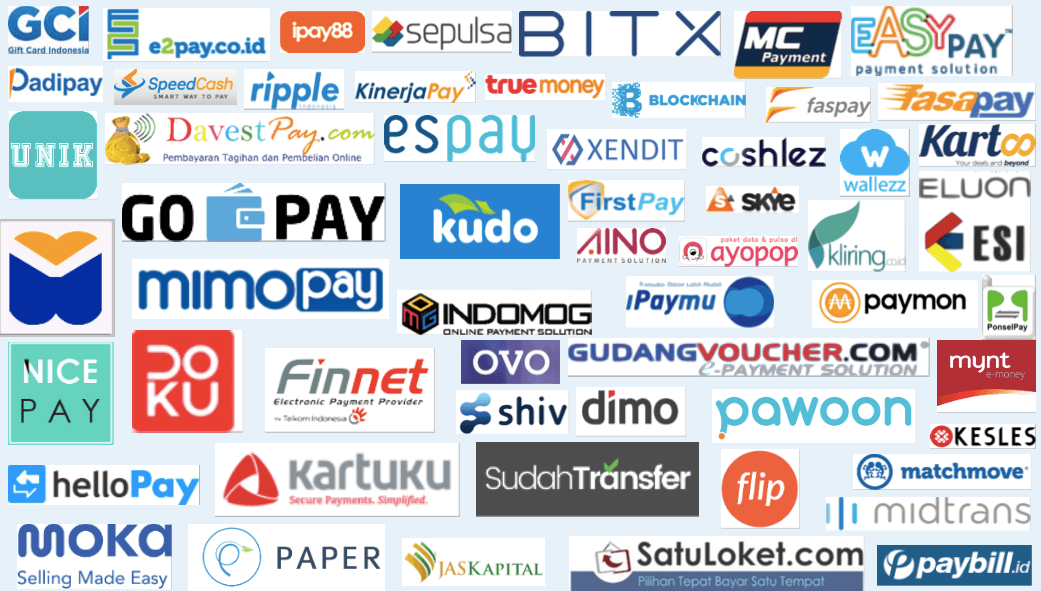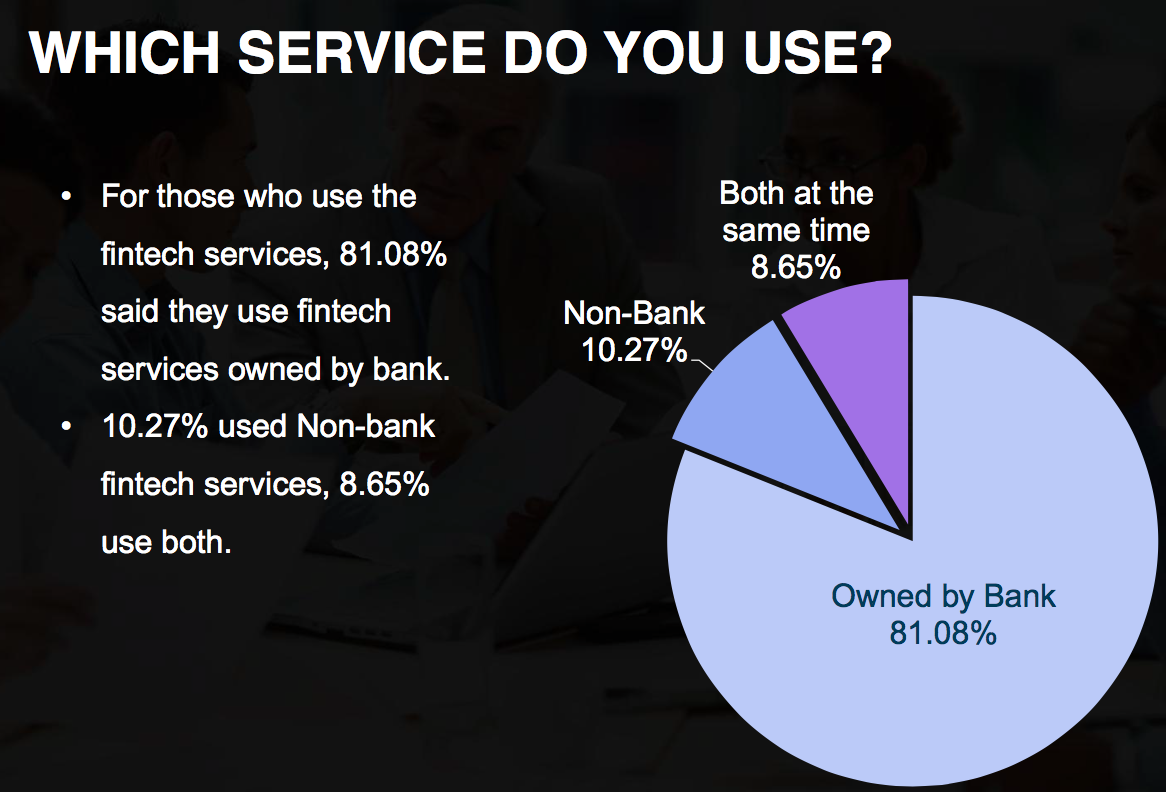
Photo credit: Unsplash.
The number of fintech startups in Indonesia has exploded in the past two years, but consumers are still largely unaware of them.
Before 2015, there was a handful. Now, there are about 140 companies, estimate Indonesia’s fintech association (IFA) and DailySocial in a report released yesterday. The figure refers to independent startups not owned by banks or telcos.
IFA itself is a result of this boom. The industry association formed in 2015 out of the need to develop standards and liaise with the government on regulatory issues.
Indonesia’s fintech surge comes as no surprise. It’s a consequence of the years of investment and development in the ecommerce space. Foreign and local investors have pumped hundreds of millions of dollars into the sector.
For people to shop online, you have to make it really easy for them to pay.
In Indonesia, this is a special challenge. Unlike in western countries, credit cards that vastly simplify online payment aren’t widespread. In 2014, roughly 60 percent of Indonesians didn’t even have a bank account. We’re used to cash.
That’s why the bulk of fintech startups are trying to solve payments right now. 43 percent of fintech companies in Indonesia focus on this segment, IFA found.

Some of the companies in Indonesia’s digital payments space. Source: Indonesia Fintech Report 2016.
Payment has many subcategories. Some startups want to make it easier to pay for online goods with cash; others focus on the cards people already have in their pockets. Some want to link up existing transaction terminals like ATMs or online banking with online shopping, while others want to convince users to store value in digital wallets.
Other popular fintech categories in Indonesia are lending platforms (17 percent) and marketplaces for financial products (13 percent).
Far from mainstream
Of the 1,000 people IFA and DailySocial surveyed, only 18.5 percent said they had used a fintech service before.
This was a sample of mostly 20-30 year old, mostly urban dwellers who already have bank accounts.
Of those who had used a fintech service before, 81.1 percent said it was one offered by a bank (such as a mobile banking solution), while 10.3 percent said they had used a non-bank, independent one. 8.7 percent said they had used both.

Source: Indonesia Fintech Report 2016.
The most popular service proved to be payment gateway Doku.
42.7 percent of the people in the survey who had tapped fintech said they’ve used Doku before. The service sits between online merchants and shoppers, allowing the merchant to accept a number of payment options through the site, for example in the form of credit card payments, ATM transfers, or cash payments at convenience store counters.

Source: Indonesia Fintech Report 2016.
17.1 percent said they had used Modalku before, a platform for small business loans, while other startups with some traction were Investree, DompetSehat, and Pinjam, each with 11.4 percent.
Urban, young people with bank accounts, arguably in the best position for adopting tech-based new solutions, are just beginning to discover what’s available.
This post https://www.techinasia.com/indonesia-fintech-report-2016 appeared first on Tech in Asia.
from Tech in Asia https://www.techinasia.com/indonesia-fintech-report-2016
via IFTTT
No comments:
Post a Comment